Hi All,
I decided to go out and try my hand at wildlife photography today, specifically birds and try some birds in flight.
It was not easy, really not easy at all. Here was the setup:
K20D mostly set to AF-C.
Monopod used at all times.
Sigma 100-300mm EX DG at f/4.
TAv mode, dialled in 1/1000 shutter speed with f/4 aperture.
Shake-reduction turned on.
The auto ISO functionality was sitting between 100-200 mostly as there was decent light, but when the sun dropped away the ISO was upwards of 400 peaking to 800 on the odd occasion which made me drop the shutter speed to 1/750 and even 1/500 on a couple of occasions. I reckoned that would be fine.
What I need help with is my focussing was just not good enough at times, I seemed to have missed quite a few shots (focus wise, not motion blur). The birds were always on the move, but even when shooting the odd stationary swan, the autofocus missed it by a whisker.
Here are two crops of shots where the focus was missed slightly (Imageshack might be slow):


Now, in the Swan shot, I was very close to the subject and trying to focus at 300mm using f/4 - am I handicapping my shot my making the DOF waaaaay too narrow? You can see the feathers on the neck of the swan are in focus, but the eye is not - the eye was the focal point in this instance.
Fearing that f/4 might be the issue, I stopped down to f/5.6 and seemed to have a better success rate regarding focus, here are a couple of resized shots (both are pretty sharp indeed at 100%):


My questions are:
- should I really be working at a slightly smaller aperature f/5.6 to f/6 to increase my DOF? What aperture should I be using for birds?
- does the same apply to BIF? I had the same focus issues with BIF, even when using 1/1500 shutter speeds to freeze the action.
- is the K20D autofocus simply not up to this task (K7 excuse!) ?
Any advice at all is most welcome, this is a new type of photography I'm dabbling in after being a landscape / long exposure man, so I could use a lesson or three.
Cheers


 Similar Threads
Similar Threads 


















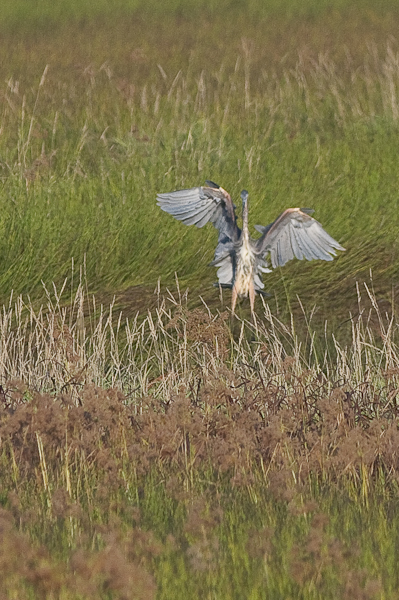
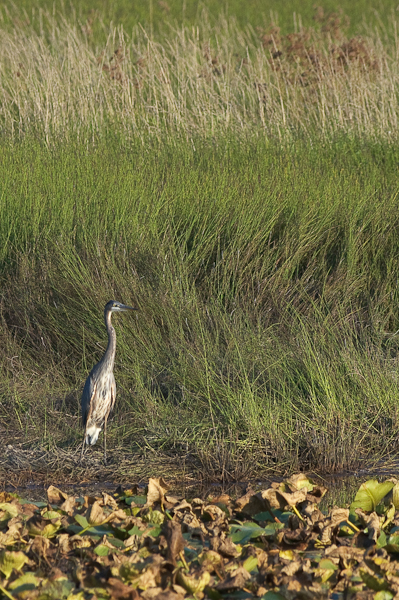
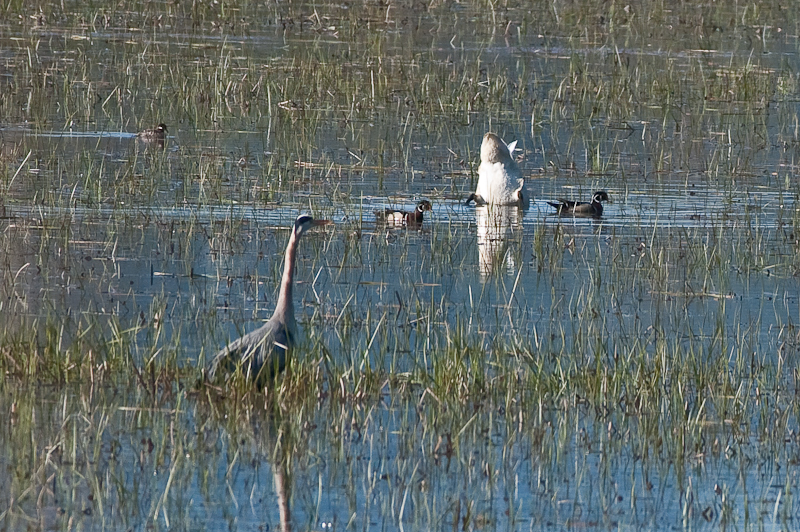
 So...the best I could do in a 20 second time span.
So...the best I could do in a 20 second time span.


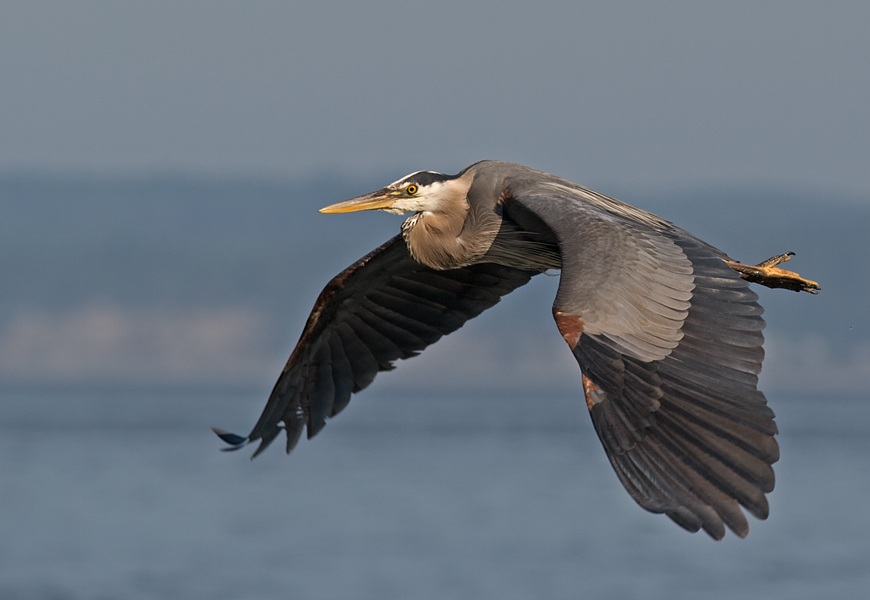
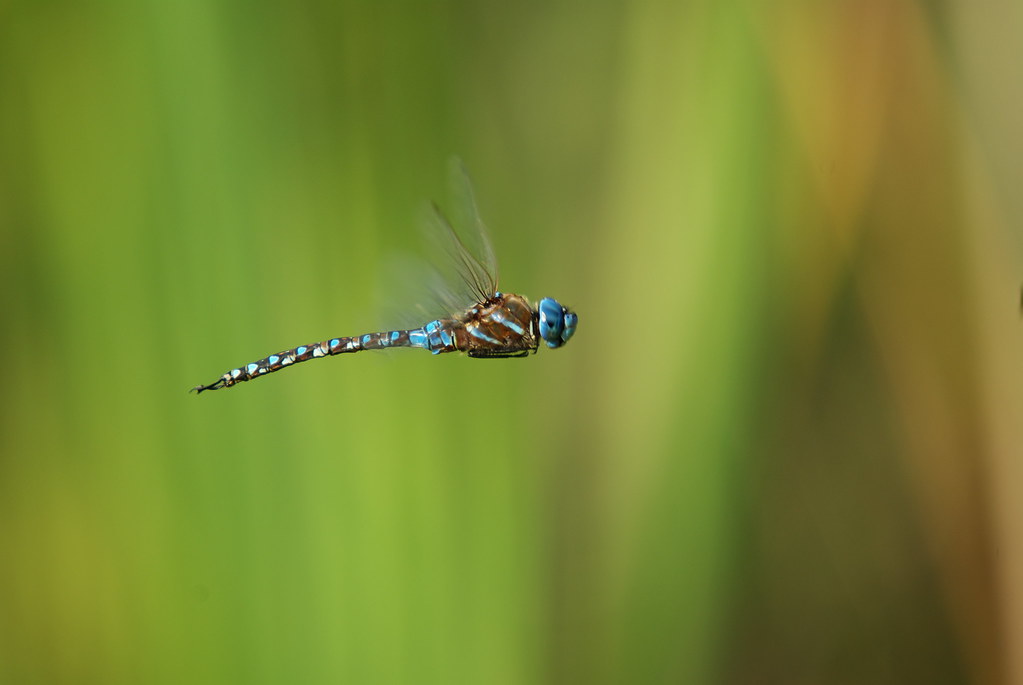




 Post #27 by Ron Kruger
Post #27 by Ron Kruger








